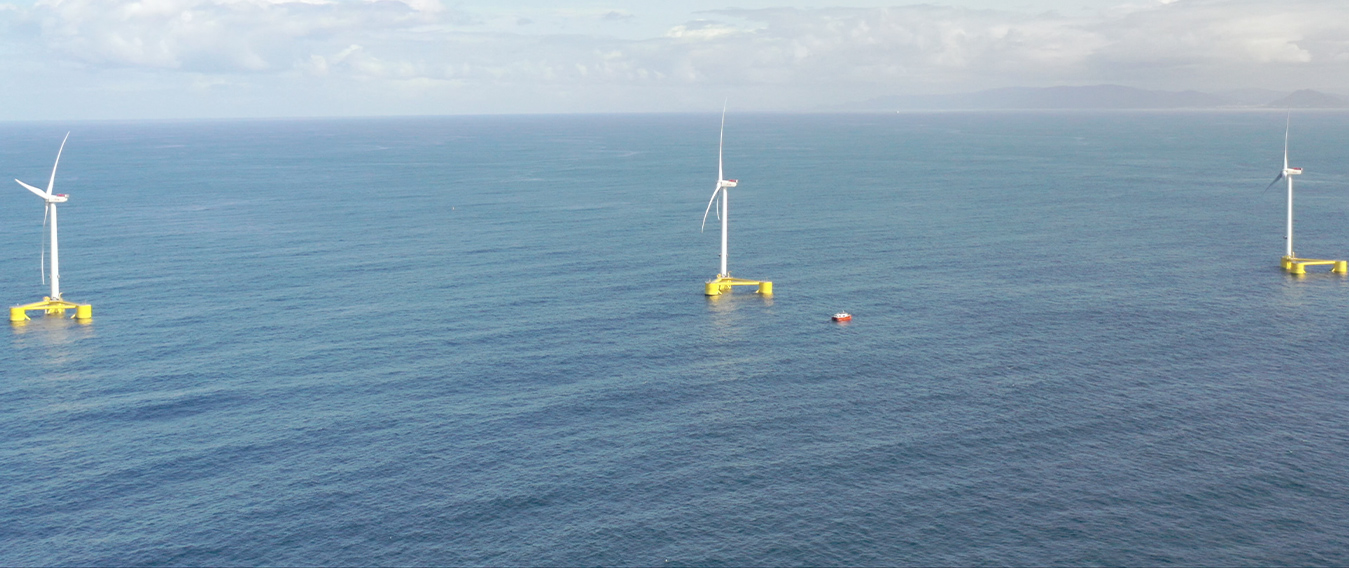The Group is further developing its offshore wind energy through Ocean Winds, the 50/50 joint venture owned by ENGIE and EDP Renouvelables.
April was a successful month for Ocean Winds. The joint venture of ENGIE and EDP Renewables reached key milestones on three offshore wind projects, in France and Scotland. Read more










